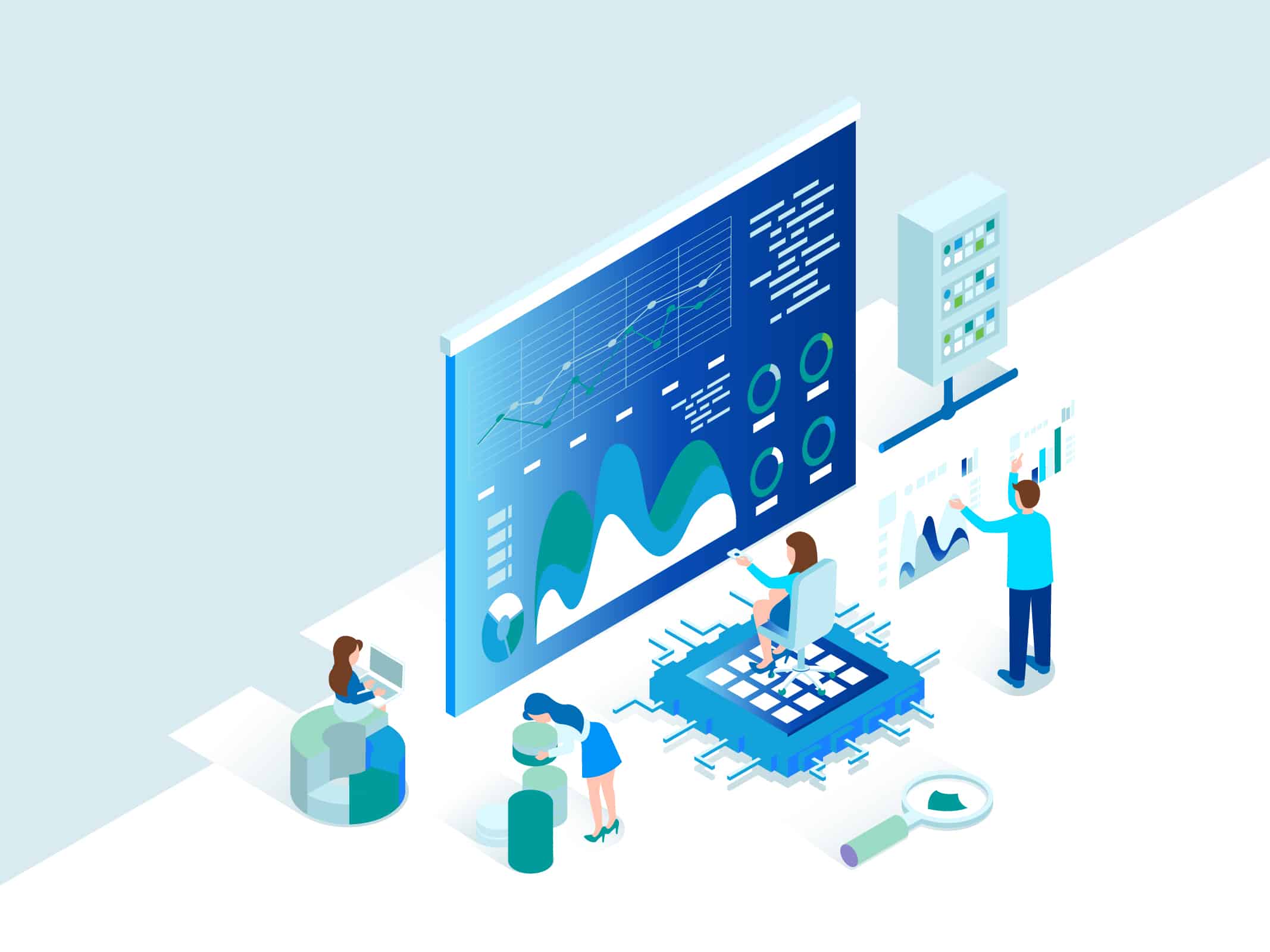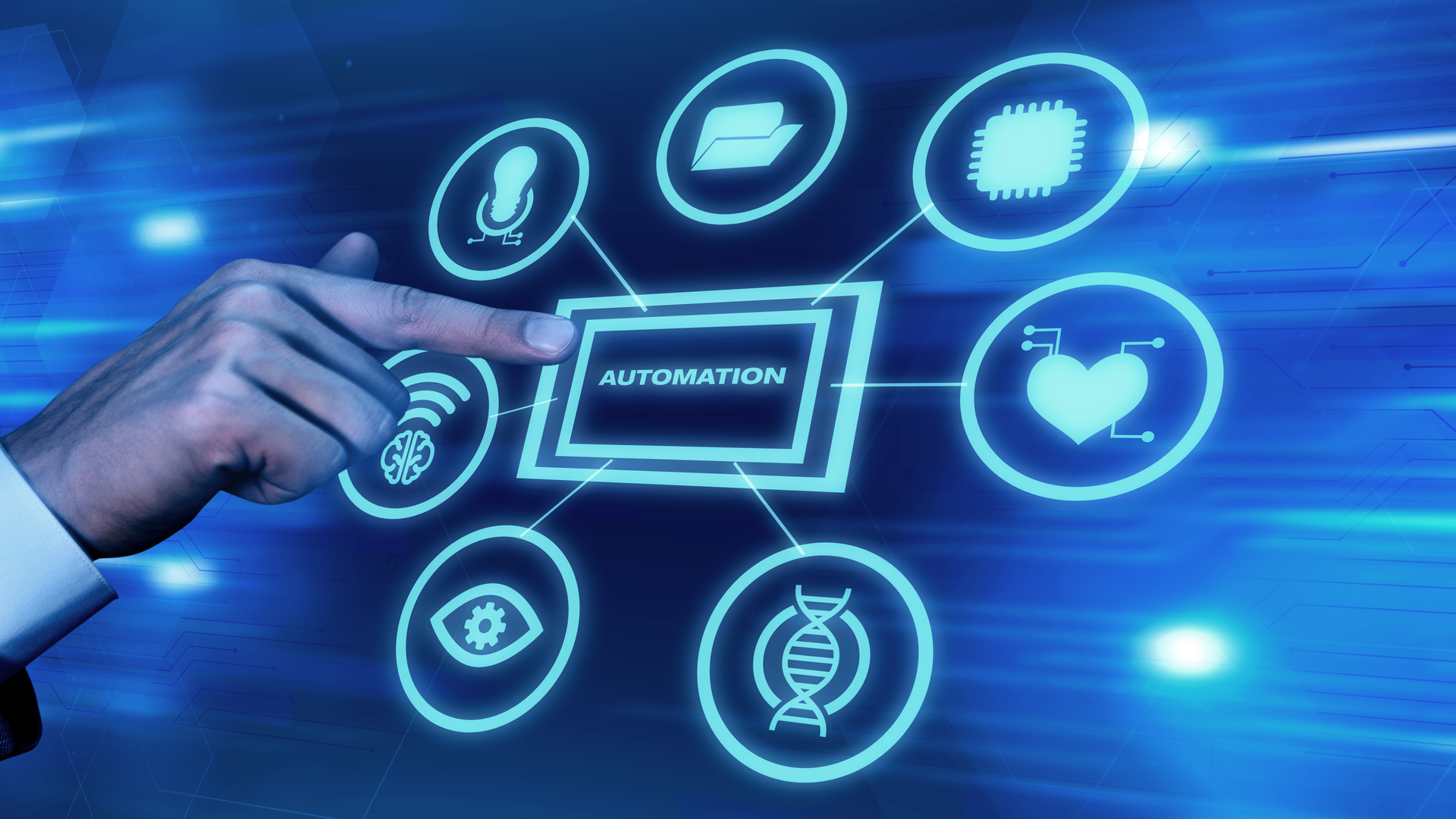Each time a person acquires or uses a banking product, he delivers information of great value: sources of income, assets and liabilities, preferences and modalities of consumption, dates of use, payment compliance, among others. This huge amount of data represents an important opportunity to generate patterns and predictions that help banks understand user preferences and offer better services. However, it is worth asking how much banks know their clients and how much they are betting to implement analysis strategies.
In recent years, organizations operating worldwide have developed Big Data analysis strategies, and incorporated artificial intelligence and machine learning tools. Now they are betting on Open Banking, with countries like the United Kingdom and China leading the way.
Entities such as BBVA, Santander and Citibank have already taken great steps, facilitating data analysis and making Application Programming Interfaces (APIs) platforms available to their partners. The latter constitute a set of protocols that are used to develop and integrate application software, allowing a given app to communicate with another one created by a third party. The implementation of this technology generates two major changes. First, it provides that the «owner» of the data is not the bank but the user. The latter grants permission to share your information, always in safe conditions and with prior consent. Second, it allows banks,
In a recent report, Accenture ensures that these processes can lead to the creation of customer-oriented financial ecosystems. The concept refers to the fact that, based on the shared information, banks, fintechs and other entities may offer users a series of complementary solutions that adapt to their needs. The examples range from offering loans at key moments, to integrated platforms to manage expenses and investments, through applications that detect discounts and promotions according to customer consumption habits.
Now, what is the situation in Latin America facing this issue? We can divide the actors into two large groups: on the one hand, the main banks in the region accompany and strengthen the initiatives of neobanks and fintechs. Large entities with a regional presence are making significant investments in hardware, software and in the hiring of specialists who contribute to improve the analysis of their data. According to a report by Latinia, at least 40% of the top 100 banks in the region have opted for Artificial Intelligence, and not only in the front-desk, but also in the back-office. At the same time, they develop platforms aimed at sharing information. For example, the Industrial Bank of Argentina launched its BANK API, which is already being used by fintechs such as Ualá and Mercado Pago and by major brokerage firms such as Balanz and BullMarket.
In the Open Bank field, Argentina is not alone. Great efforts are also being made in Mexico and Brazil to generate open data structures. In the first country, even the Fintech Law obliges companies that are under their orbit to establish standardized APIs that facilitate access to information.
The second group consists of the so-called second line banks . In this area, the picture is not so encouraging. The vast majority do not have the necessary resources to implement Big Data tools or artificial intelligence. The main obstacles are the obsolescence of its core systems and its databases, implemented for years and without business analysis strategies defined beforehand.
The difficulty of collecting, classifying and analyzing data to make quick decisions will have even more consequences in the future. While leading banks strengthen their commitment to technological tools and descriptive and predictive analysis solutions based on huge amounts of information, those who do not see them with good eyes will lose competitiveness. And that will not only affect the recruitment of new customers, but also the possibility of inserting themselves in an ecosystem that – together with technology, the Open Bank and the new actors – is increasingly integrated.
The current framework presents both opportunities and threats. Those banks that choose to implement technology to digitize their operations and collect and analyze their data, will have an intangible asset of great importance: information. Knowing their customers, whether they are individuals or companies, they can offer new products and operational modalities designed to measure. They can also partner with other actors to boost their business. Meanwhile, obsolescence is the most accurate forecast for those who cling to traditional uses and customs, without investing in IT-level improvements, or developing strategies to listen to their customers through the data.






